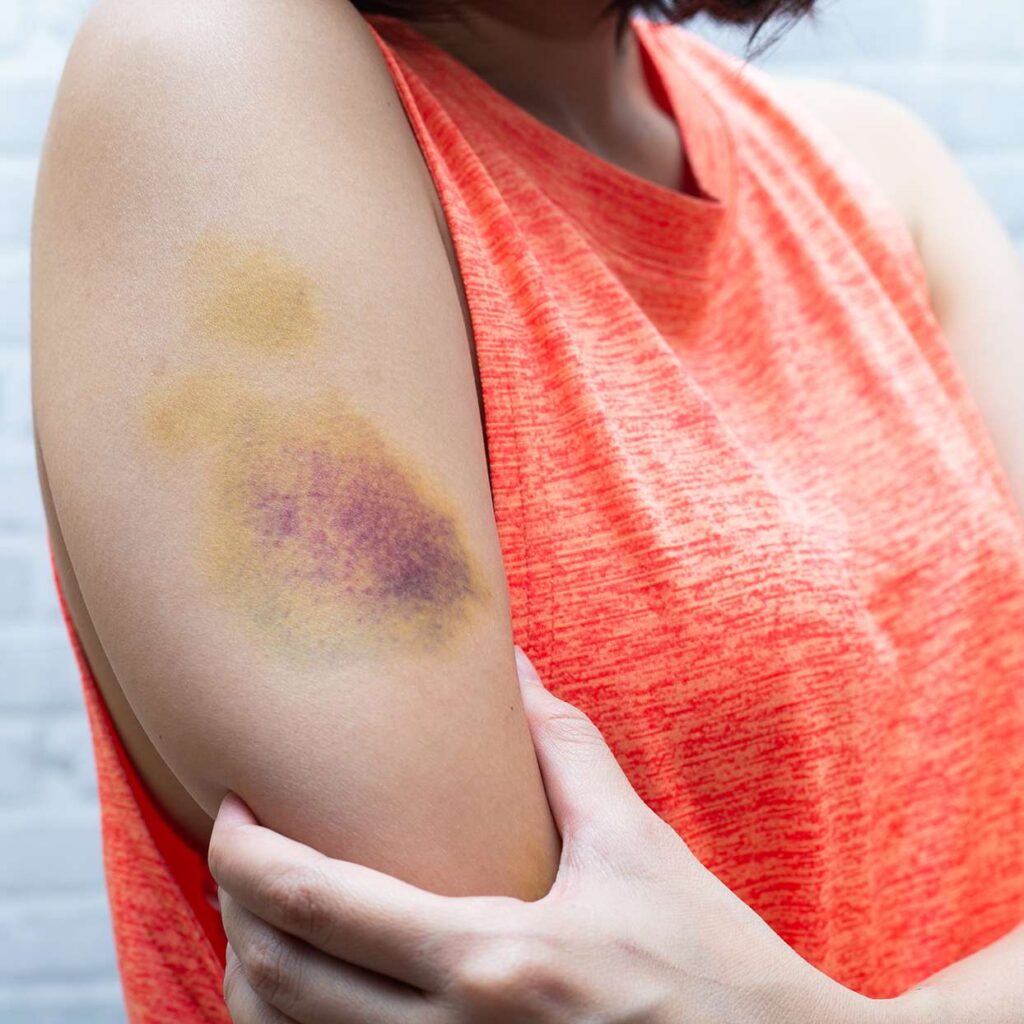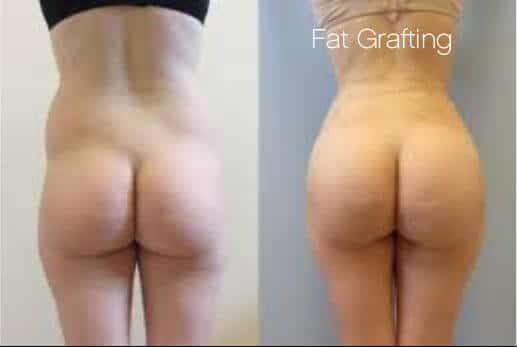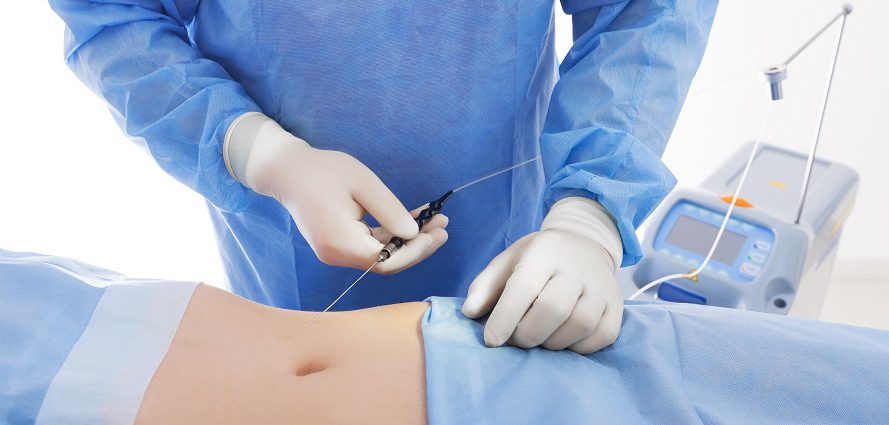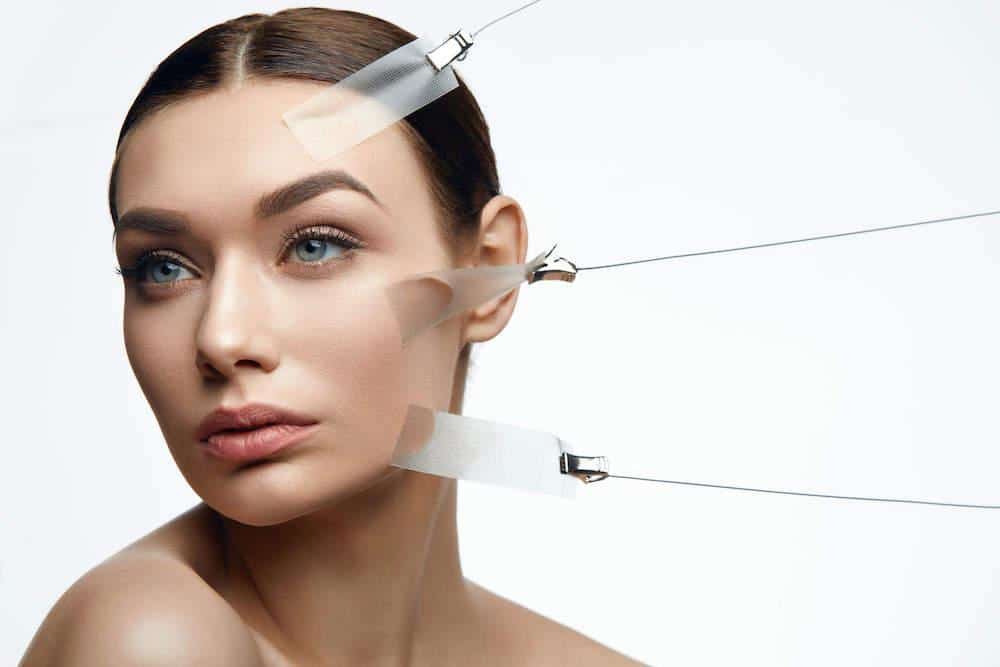Arnica has been used for centuries as a natural remedy for bruising reduction, often found in arnicare bruise tablets and herbal medicine. This powerful herb, known for its anti-inflammatory properties, is a go-to herbal remedy for many seeking quick relief from bruises and muscle pain. Whether you’re an athlete or just prone to bumps and falls, homeopathic arnica in the form of arnicare bruise tablets can help speed up the healing process. Its popularity continues to grow as more people discover its benefits, especially in the form of homeopathic arnicare bruise treatments. Easy to apply and widely available, homeopathic arnica and arnicare bruise tablets are a must-have in your first aid kit. In this post, we’ll explore how arnica works, its benefits, arnicare bruise tablets, and how to use it effectively in homeopathic remedies.
Understanding Arnica and Its Properties
Natural Remedy
Arnica is a natural remedy. It has been used for centuries. People use it to treat bruises and inflammation. The plant is native to Europe and Siberia. It belongs to the sunflower family.
Historically, arnica was used in folk medicine. Native Americans also used it. They applied it to bruises, sprains, and wounds.
Forms of Arnica
Arnica comes in various forms. These include gels, lotions, and homeopathic pills. Gels and lotions are applied directly to the skin. They help reduce swelling and pain.
Homeopathic pills contain highly diluted arnica. They are taken orally. Some believe these pills help with internal bruising.
FDA Classification
The FDA classifies arnica as a poisonous plant. This means it can be toxic if ingested in large amounts. Using arnica internally should be done cautiously.
For external use, arnica is generally safe. However, it should not be applied to broken skin. Always follow the product instructions carefully.
Homeopathic Drug Arnica
Homeopathic drug arnica is popular. It is used for minor injuries and bruising. The pills are very diluted. This reduces the risk of toxicity.
e studies show mixed results on its effectiveness. More research is needed to confirm its benefits.
Arnica’s Effectiveness in Bruise Reduction
Hematoma Reduction
A 2021 review found that arnica, including arnicare bruise tablets, has a small effect on reducing hematomas post-surgery. Researchers examined multiple studies. They concluded that arnica plant extracts can slightly reduce the size of bruises after surgery. This is especially relevant for patients undergoing procedures like knee or hip replacements, such as arnicare bruise.
Facial Procedures
In 2020, a systemic review suggested arnicare bruise’s potential to reduce ecchymosis after facial procedures. Ecchymosis, often treated with arnicare bruise, refers to the discoloration caused by bleeding underneath the skin. The review showed promising results for people who used arnicare bruise tablets and other arnicare products after facial surgeries. Patients reported less bruising and faster recovery times.
Need for More Research
Despite these findings, more research is needed to confirm arnica’s effectiveness in reducing bruising and swelling with arnicare bruise. Current studies show mixed results. Some report significant benefits, while others see minimal effects. Larger, well-designed trials are necessary to draw definitive conclusions.
How to Apply Arnica Correctly
Patch Test
Always conduct a patch test before using arnica topically. This helps avoid contact dermatitis.
- Apply a small amount of arnica gel or arnicare bruise lotion on a small area of skin.
- Wait 24 hours and observe for any reactions.
If there is redness, itching, or swelling, do not use the product arnicare bruise.
Application on Bruises
Use arnica gel or lotion correctly to help reduce bruising. Avoid applying it on broken skin or open wounds.
- Clean the bruised area with mild soap and water.
- Pat the area dry with a clean towel.
- Apply a thin layer of arnica gel or lotion directly to the bruise.
- Gently massage it into the skin until absorbed.
Repeat this process two to three times daily for best results.
Consult Healthcare Professional
Consult a healthcare professional before using arnica, especially for oral ingestion. This ensures safety and effectiveness.
- Arnica can interact with other medications.
- Oral ingestion may cause side effects like stomach upset.
Exploring Additional Benefits of Arnica
Pain Relief
Arnica is not just for bruising. Many people use it to alleviate pain. This medicinal herb has properties that can reduce discomfort. Athletes often use arnica gels to soothe sore muscles. It helps by increasing blood flow to the affected area.
Studies show that arnica can be effective for osteoarthritis pain. Applying arnica lotions can provide relief similar to ibuprofen. This makes it a popular choice for those seeking natural remedies.
Post-Surgical Swelling
In homeopathic medicine, arnica is used for post-surgical swelling. Patients report less swelling and faster recovery times. It is available in various forms such as creams, gels, and tablets.
Doctors sometimes recommend using arnica after minor surgeries. It helps reduce inflammation and speeds up healing. This makes it a valuable tool in post-operative care.
Muscle Soreness
Arnica is also used to treat muscle soreness. After intense physical activity, muscles can become inflamed. Using arnica can help alleviate this soreness quickly.
Many athletes swear by arnica for recovery. They apply it after workouts to reduce muscle stiffness. This allows them to train more effectively and recover faster.
Skin Health
Anecdotal reports suggest that arnica improves overall skin health. Some people use it to reduce acne and other skin conditions. Its anti-inflammatory properties make it beneficial for the skin.
Dermatologists sometimes recommend arnica for certain skin issues. It can help with redness and irritation. This makes it a versatile addition to any skincare routine.
Reducing Inflammation
Arnica is known for its ability to reduce inflammation. This makes it useful for various conditions beyond bruising. People with arthritis or other inflammatory conditions may find relief using arnica.
Inflammation is a common problem that affects many people. Arnica offers a natural way to manage this issue. Its effectiveness has been supported by both scientific studies and anecdotal evidence.
Recognizing Possible Side Effects
Contact Dermatitis
e people may develop contact dermatitis from topical arnica. This is a skin reaction that includes redness, itching, and swelling. Sensitive individuals should do a patch test before using the product widely. Apply a small amount to a small area of skin. Wait 24 hours to see if any reaction occurs.
Ingesting Risks
Ingesting arnica can cause adverse reactions. Pregnant or breastfeeding women are particularly at risk. Consuming arnica can lead to nausea, vomiting, and dizziness. It is not considered safe for internal use without medical supervision. Always consult a doctor before taking arnica orally.
Blood-Thinning Medications
Arnica may interact with blood-thinning medications. A study from 2000 found that arnica could increase the risk of bleeding. People on these medications should avoid using arnica without consulting their healthcare provider. This interaction can be dangerous and requires careful consideration.
Safety Measures
Always read the label before using any arnica product. Look for reputable brands that provide clear instructions and warnings. Follow dosage recommendations carefully to avoid side effects.
Evidence and Effectiveness
While many believe in the effectiveness of arnica for reducing bruising, scientific evidence varies. Some studies show improvement, but others suggest it works no better than a placebo. It’s essential to weigh the potential benefits against the risks.
Addressing Common Questions
Directions for Use
Arnica is available in various forms, such as creams, gels, and ointments. Follow the directions on the product label carefully. Apply a small amount to the affected area. Avoid broken skin and open wounds.
Professional Guidance
Do not ingest arnica without professional guidance. It can be poisonous if taken internally. Consult a healthcare provider before using arnica orally.
Suitable Bruises
Not all bruises are suitable for arnica treatment. Consult a healthcare provider to determine if it’s appropriate for your specific bruise type. Some conditions may require different treatments.
Importance of Patch Test
A patch test is crucial before extensive use of arnica products on the skin. Apply a small amount to a discrete area and wait 24 hours. This helps identify potential allergic reactions or irritations.
Quality Products
Choose high-quality arnica products for effective results. Look for products that have been tested and reviewed by reputable sources. Quality matters in ensuring safety and efficacy.
Research and Support
Research supports the use of arnica for bruising reduction. Studies show that it can help reduce bruising and swelling. However, more data is needed to fully understand its effectiveness.
Forms of Arnica
Arnica comes in several forms:
- Topical creams
- Gels
- Ointments
- Patches
Each form has specific uses and benefits. Choose the form that best suits your needs and follow the instructions carefully.
Blood Circulation
Arnica may improve blood circulation in the affected area. This can help reduce bruising more quickly. However, always use it as directed to avoid complications.
Case Studies
Several case studies highlight the benefits of arnica for bruising. People reported reduced pain and faster healing times. These cases provide valuable insights into its practical applications.
Interactions with Medications
Blood-thinners
Arnica can interact with blood-thinners. Warfarin, a common blood-thinner, is one such medication. A 2000 study found that arnica can increase the risk of bleeding when taken with warfarin. This is because both substances affect blood clotting.
People using warfarin should avoid arnica. They should consult their healthcare provider before using it. This helps prevent serious side effects.
Disclosure to Healthcare Providers
Disclosing arnica use to healthcare providers is crucial. Many people take arnica without realizing its potential interactions. Pharmacists and doctors need this information to provide safe care.
Patients should mention all supplements they use. This includes arnica tablets and creams. By doing so, they help avoid harmful interactions.

Limited Research
Comprehensive research on arnica’s interactions with other medications is lacking. Most studies focus on specific drugs like warfarin. There is little information about how arnica interacts with other common medications.
This lack of data means caution is necessary. Patients should talk to their healthcare providers before starting arnica. This ensures safe usage alongside other treatments.
Pain Management
e people use arnica for pain management after surgeries. However, combining it with analgesic medications can be risky. There are no extensive studies on these interactions.
Patients undergoing surgery should inform their doctors about any arnica use. This includes oculofacial surgeries where bruising is common. Doctors can then advise on safe pain management options.
Recommended Dosages for Bruising
Evidence Absence
There is no evidence-based consensus on the appropriate dosage of arnica for bruising. The absence of clear guidelines makes it essential to proceed with caution. Healthcare professionals often recommend starting with the lowest possible dose.
Starting Dosage
For homeopathic arnica, begin with the smallest dose available. Monitor your body’s reaction. Increase the dosage only if necessary and after consulting a healthcare provider. This careful approach helps minimize potential side effects.
Topical Applications
Follow product-specific guidelines for topical arnica applications. Each product may have different concentrations and instructions. Adhering to these guidelines ensures safety and effectiveness.
Induced Bruising
Different types of bruising may require varied dosages. For instance, bruises from sports injuries might need a different approach than those from surgical procedures. Consulting a healthcare professional can provide tailored advice based on the type of induced bruising.
Quick Tips for Bruise Removal
Cold Compression
Apply a cold compress immediately after bruising. This helps control bruising and reduces swelling. Use an ice pack wrapped in a cloth. Apply it to the bruise for 15-20 minutes every hour.
Elevate the Area
Elevate the bruised area above heart level. This decreases blood flow to the area, reducing swelling. For example, if your leg is bruised, prop it up on pillows while resting.
Arnica Application
Use arnica cream or gel on the bruise. Arnica has natural anti-inflammatory properties. Consistent application speeds up healing. Apply it 2-3 times daily.
Combination Treatment
Combine arnica with cold compression for better results. First, use a cold compress to reduce initial swelling. Then, apply arnica cream to further promote healing.
Avoid Broken Skin
Never apply arnica on broken skin. It can cause irritation or allergic reactions. Only use it on closed wounds and intact skin.
Be Patient
Healing takes time. Patience and consistent care are key. Bruises may take several days to weeks to fully heal. Continue using remedies like arnica and cold compression until the bruise fades.
Laser Treatment
For persistent or severe bruises, consider laser treatment. Lasers can break down blood cells trapped under the skin. Consult a dermatologist for this option.
Final Remarks
Arnica has proven to be a powerful ally in reducing bruises and promoting healing. By understanding its properties, applying it correctly, and being aware of possible side effects, you can maximize its benefits. Whether you’re dealing with a minor bump or seeking faster recovery, arnica is worth considering.
Don’t wait to try it out. Incorporate arnica into your first aid kit and see the difference for yourself. If you have any concerns or questions, consult with a healthcare professional. Stay proactive about your health and share your experiences with others. Your journey to quicker bruise recovery starts now!
Frequently Asked Questions
What is Arnica?
Arnica is a herb known for its anti-inflammatory properties. It’s often used to reduce bruising and swelling.
How does Arnica help with bruising?
Arnica helps by reducing inflammation and improving blood circulation. This speeds up the healing process of bruises.
Can I use Arnica on broken skin?
No, you should not apply Arnica on broken or damaged skin. It can cause irritation and delay healing.
How often should I apply Arnica for bruising?
Apply Arnica cream or gel 2-3 times daily until the bruise fades. Always follow product instructions.
Are there any side effects of using Arnica?
Possible side effects include skin irritation, redness, and allergic reactions. Discontinue use if you experience any adverse effects.
Can Arnica interact with medications?
Yes, Arnica can interact with blood thinners and other medications. Consult your healthcare provider before use.
What is the recommended dosage for Arnica in bruise treatment?
For topical application, follow the product’s instructions. For oral supplements, consult your healthcare provider for a safe dosage.











